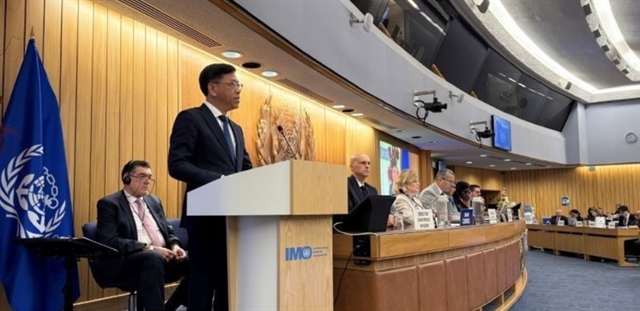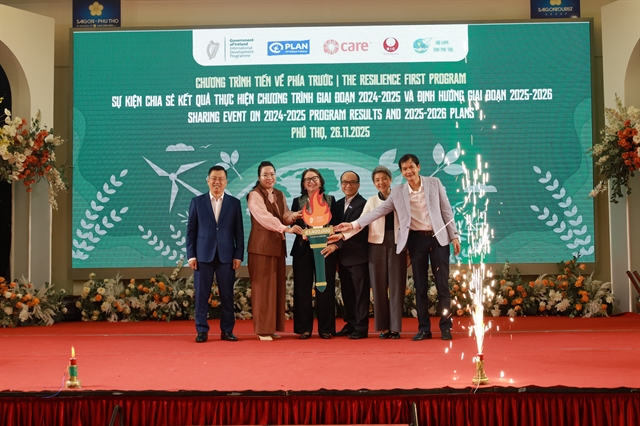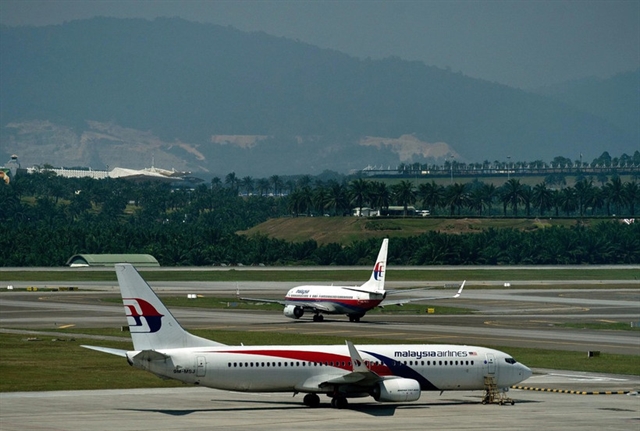 World
World
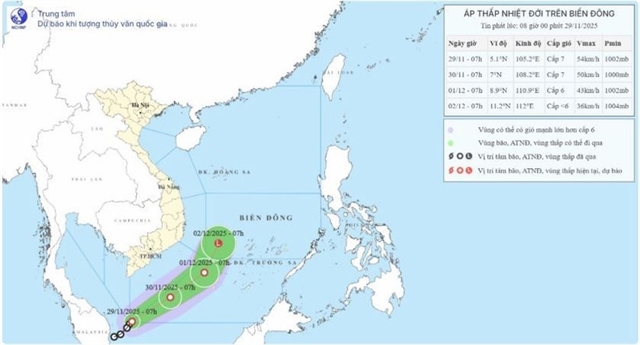
Australia's economic growth ground to a near halt in the second-half of 2018, official data showed on Wednesday, thrusting the issue to the front and centre of an already contentious general election campaign.
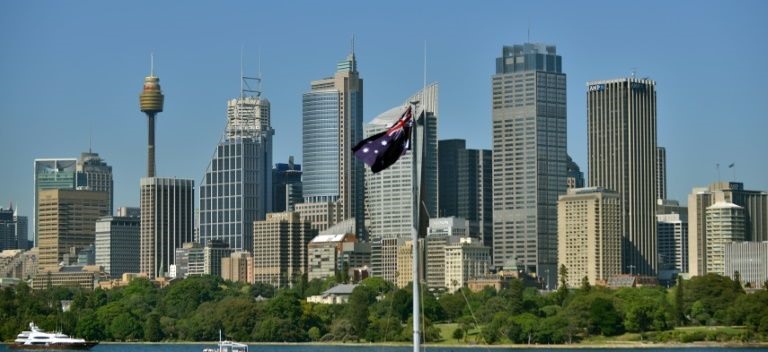 |
| Australia’s economy has been thrust to the front and centre of an already contentious general election campaign. — AFP Photo |
SYDNEY — Australia’s economic growth ground to a near halt in the second-half of 2018, official data showed on Wednesday, thrusting the issue to the front and centre of an already contentious general election campaign.
The figures released by Australia’s statistics agency showed growth for October to December at 0.2 per cent, after a 0.3 per cent reading in the previous three months.
"Growth in the economy was subdued, reflecting soft household spending and a decline in dwelling investment," the Bureau of Statistics’ chief economist Bruce Hockman said in a statement.
"The approvals for dwelling construction indicate that the decline in dwelling investment will continue."
Conservative Prime Minister Scott Morrison has based his re-election campaign on stewardship of the economy and allegations that a centre-left Labor party government would spell an end to 28 years of continuous growth.
Annual growth came in at 2.3 per cent but the pace of expansion in the second-half of 2018 -- the weakest since the central bank last cut interest rates in August 2016 -- slowed considerably as consumer spending weakened and storm clouds gathered in the long-booming housing market.
Public expenditure jumped by 1.8 per cent for the period and contributed 0.3 percentage points to GDP growth, while household consumption came in at a soft 0.4 per cent.
Morrison has opened his chequebook ahead of the election, which is expected in May, announcing funding for a slew of community programmes. That appears to have been just enough to stop growth from grinding to a complete halt.
Treasurer Josh Frydenberg tried to strike an optimistic note, telling reporters after the data release that the "economy and its fundamentals are strong".
"The fact that we are growing at a faster rate than any G7 country except the United States is testament to that," he said.
The Australian dollar shed one-third of a US cent to 70.52 US cents in response to the figures.
‘Fragile economy’
GDP per capita contracted by 0.2 per cent for the fourth-quarter, after shrinking 0.1 per cent, as population growth outpaced aggregate GDP growth.
"The aggregate number looks OK because it is being supported by population growth, but when you drill down to the actual numbers, spending per head is actually slowing, which is more representative of a fragile economy," JP Morgan economist Tom Kennedy said.
With property prices tumbling, debt at high levels and wages growth remaining soft, "there’s not a great deal of discretionary income out there for consumers", he added.
The central bank on Tuesday kept interest rates at a record-low of 1.50 per cent as it waits to see if a strong labour market -- with the jobless rate at 5.0 per cent -- feeds into higher wages.
But markets are increasingly expecting up to two 25 basis points cuts by the end of 2019.
"We believe the Bank will be increasingly uncomfortable with the ’growing tension between strong labour market data and softer GDP data’ as the weakness in household spending appears to be more persistent than it forecast," National Australia Bank economist Kaixin Owyong said in a note to clients.
"Should the progress in the labour market falter over the next few months, the bank will likely be forced to cut rates to support households." — AFP


